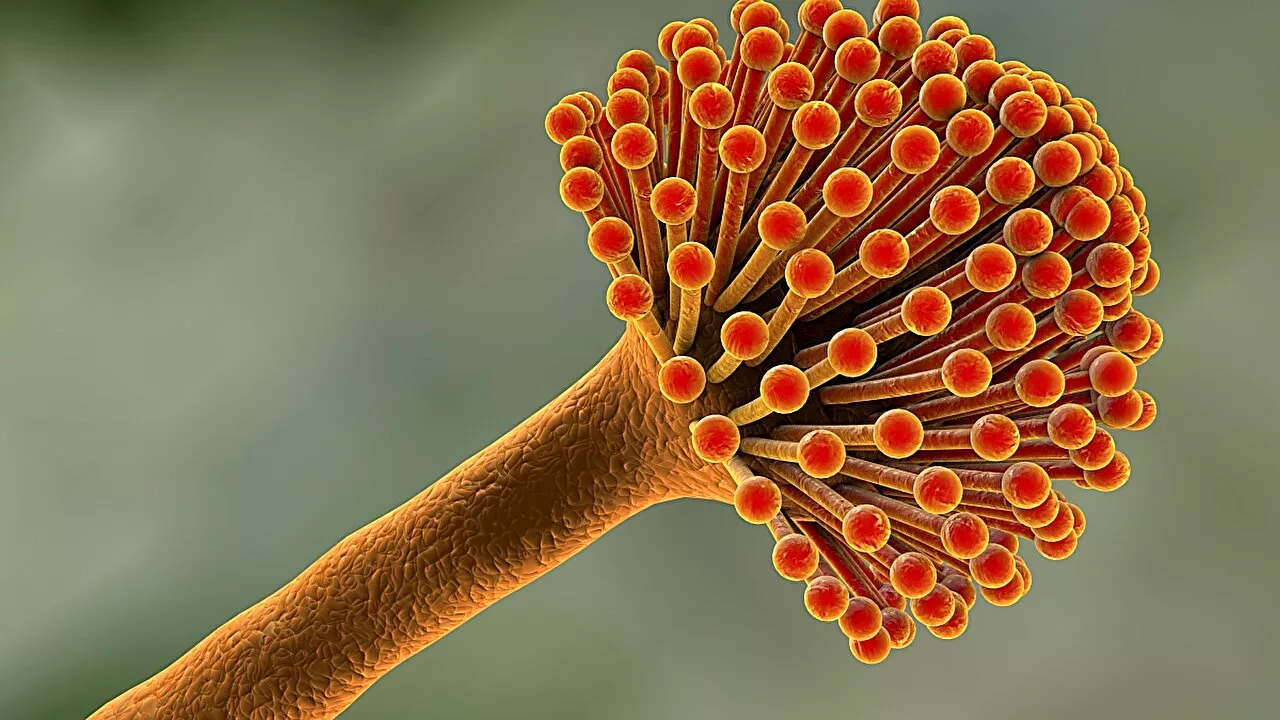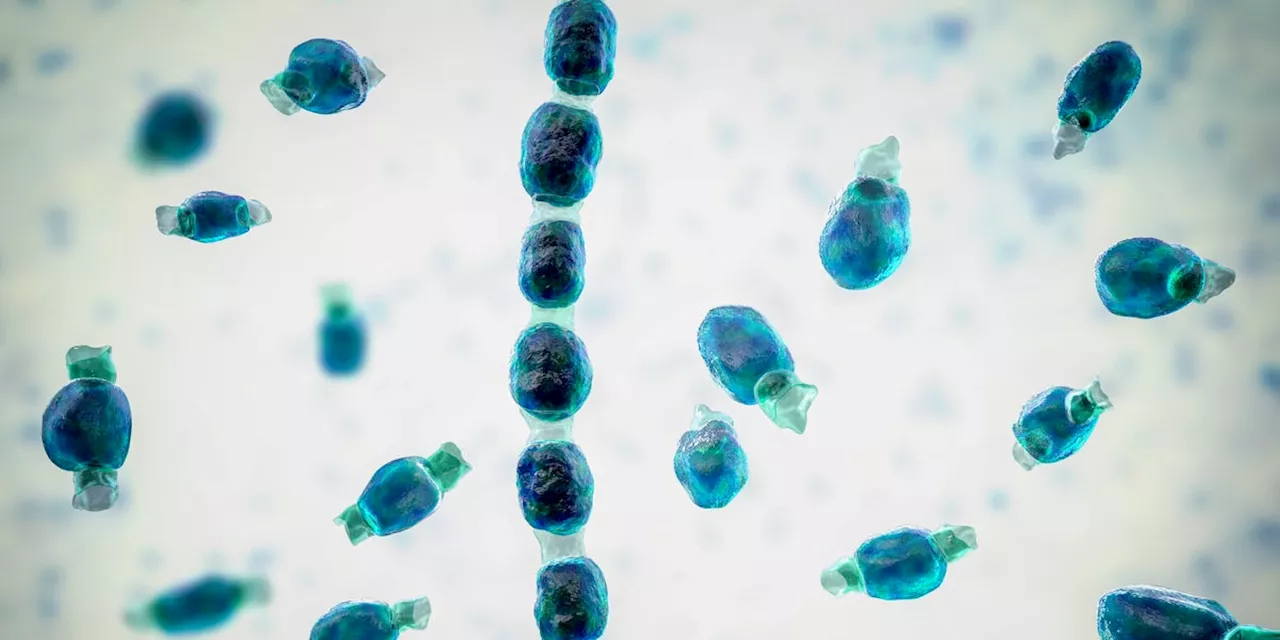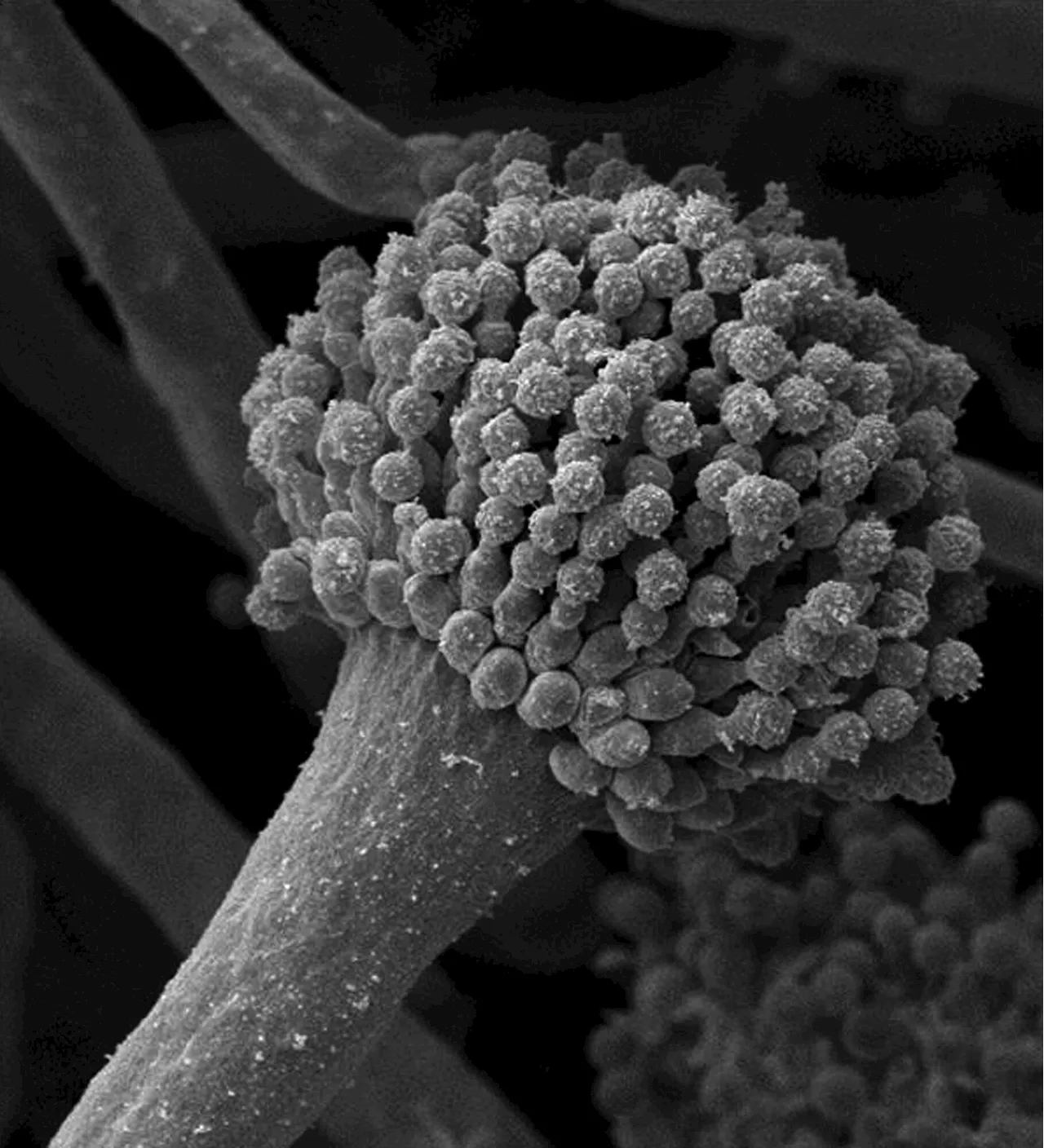Aspergillus fumigatus is a mold that is found all over the world. Unlike closely related species, it can cause serious, often fatal infections in humans. What makes A. fumigatus so dangerous? An international research team led by Gustavo Goldman from the University of São Paulo in Brazil has found clues to the cause.
Fungal spores of the mold Aspergillus fumigatus produce an enzyme that weakens the immune system retrieved 4 September 2024 from https://phys.org/news/2024-09-fungal-spores-mold-aspergillus-fumigatus.html
This document is subject to copyright. Apart from any fair dealing for the purpose of private study or research, no part may be reproduced without the written permission. The content is provided for information purposes only.Use this form if you have come across a typo, inaccuracy or would like to send an edit request for the content on this page. For general inquiries, please use ourThank you for taking time to provide your feedback to the editors.
Your feedback is important to us. However, we do not guarantee individual replies due to the high volume of messages.to let the recipient know who sent the email. Neither your address nor the recipient's address will be used for any other purpose. The information you enter will appear in your e-mail message and is not retained by Phys.org in any form.Get weekly and/or daily updates delivered to your inbox.
Physics News Science News Technology News Physics Materials Nanotech Technology Science
United States Latest News, United States Headlines
Similar News:You can also read news stories similar to this one that we have collected from other news sources.
 X-ray irradiation technique helps to control cancer-causing poison in cornCorn, a staple food crop consumed by billions of people and animals worldwide, is frequently contaminated by the fungal toxin aflatoxin B1, a highly potent carcinogen produced by the fungus Aspergillus flavus.
X-ray irradiation technique helps to control cancer-causing poison in cornCorn, a staple food crop consumed by billions of people and animals worldwide, is frequently contaminated by the fungal toxin aflatoxin B1, a highly potent carcinogen produced by the fungus Aspergillus flavus.
Read more »
 The apple's battle plan: Unraveling the molecular response to fungal infectionsApple cultivation is widespread, but Glomerella leaf spot (GLS), caused by the fungus Colletotrichum fructicola, poses a major threat, especially in China. This disease damages leaves and fruits, reducing yield and quality.
The apple's battle plan: Unraveling the molecular response to fungal infectionsApple cultivation is widespread, but Glomerella leaf spot (GLS), caused by the fungus Colletotrichum fructicola, poses a major threat, especially in China. This disease damages leaves and fruits, reducing yield and quality.
Read more »
 Using fungal mycelium as the basis for sustainable productsFungi have more to offer than meets the eye. Their thread-like cells, which grow extensively and out of sight underground like a network of roots, offer huge potential for producing sustainable, biodegradable materials.
Using fungal mycelium as the basis for sustainable productsFungi have more to offer than meets the eye. Their thread-like cells, which grow extensively and out of sight underground like a network of roots, offer huge potential for producing sustainable, biodegradable materials.
Read more »
 Valley Fever Symptoms and How to Treat the Fungal Infection Circulating in CaliforniaThere are so many different types of masks out there to protect us from COVID. What works best? How long can you wear them? Which ones are fake? Learn everything you need to know about COVID masks.
Valley Fever Symptoms and How to Treat the Fungal Infection Circulating in CaliforniaThere are so many different types of masks out there to protect us from COVID. What works best? How long can you wear them? Which ones are fake? Learn everything you need to know about COVID masks.
Read more »
 Fighting fungal foes: Walnut's genetic armor against anthracnose revealedA recent study has pinpointed a gene module crucial for enhancing walnut trees' resistance to anthracnose, a widespread fungal disease threatening the walnut industry.
Fighting fungal foes: Walnut's genetic armor against anthracnose revealedA recent study has pinpointed a gene module crucial for enhancing walnut trees' resistance to anthracnose, a widespread fungal disease threatening the walnut industry.
Read more »
 Stranded student helps design synthetic polymers to combat fungal infectionsEvery year, more than 2 million people are affected by invasive fungal infections, which are often caused by Candida species and are associated with high mortality rates. The development of new therapies is progressing very slowly. Demand is increasing, however, especially as drug resistance is becoming more and more common.
Stranded student helps design synthetic polymers to combat fungal infectionsEvery year, more than 2 million people are affected by invasive fungal infections, which are often caused by Candida species and are associated with high mortality rates. The development of new therapies is progressing very slowly. Demand is increasing, however, especially as drug resistance is becoming more and more common.
Read more »
